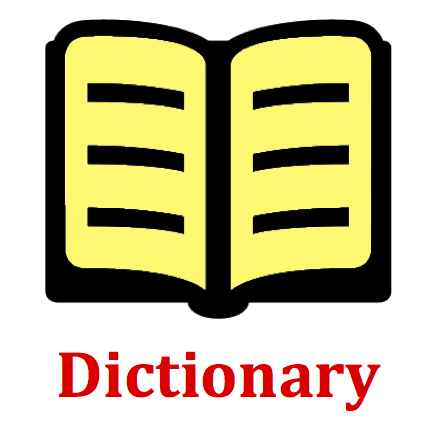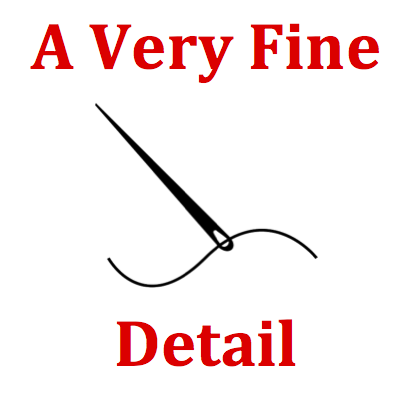Hold down the T key for 3 seconds to activate the audio accessibility mode, at which point you can click the K key to pause and resume audio. Useful for the Check Your Understanding and See Answers.
Mission RM5 Concave Mirror Ray Tracing - Question Group 4 Help

The diagram below a point object (drawn in RED) placed in front of a concave mirror. Five sets of incident and reflected rays (numbered 1, 2, 3, 4, and 5) are shown. Which of these sets are incorrect? List all that apply.

Light reflects off any surface - plane mirror, curved mirror, or non-mirror - according to the law of reflection. For concave mirrors, some generalizations can be made to simplify ray construction. They are:
- An incident ray traveling parallel to the principal axis will reflect and pass through the focal point.
- An incident ray traveling through the focal point will reflect and travel parallel to the principal axis.
- An incident ray traveling through the center of curvature will reflect and travel back along the same path from which it came.

An image location is a location in space where all the reflected light originating from the object seems to intersect at (see Dictionary section). The diagram shows several rays, most of which originate at the arrowhead of the object. Each of the rays from this location should intersect at the same location after reflection. At least two of the rays are the so-called principal rays described in the Know the Law section. The location where these two rays intersect should be the same location where the other two rays from the object's arrowhead intersect. If the other two rays do not intersect there, then they are incorrect. On many diagrams, the fifth ray does not originate at the top of the arrowhead. Nonetheless, its correctness can be evaluated simply by comparing its behavior to that described in the Know the Law section.

An image is a likeness of an object that is at a location in space where it would seem to all observers as though the reflected light is coming from.

The question asks you to identify the rays which are INCORRECT. That is, which of the numbered rays would not reflect the way they are shown to reflect?
